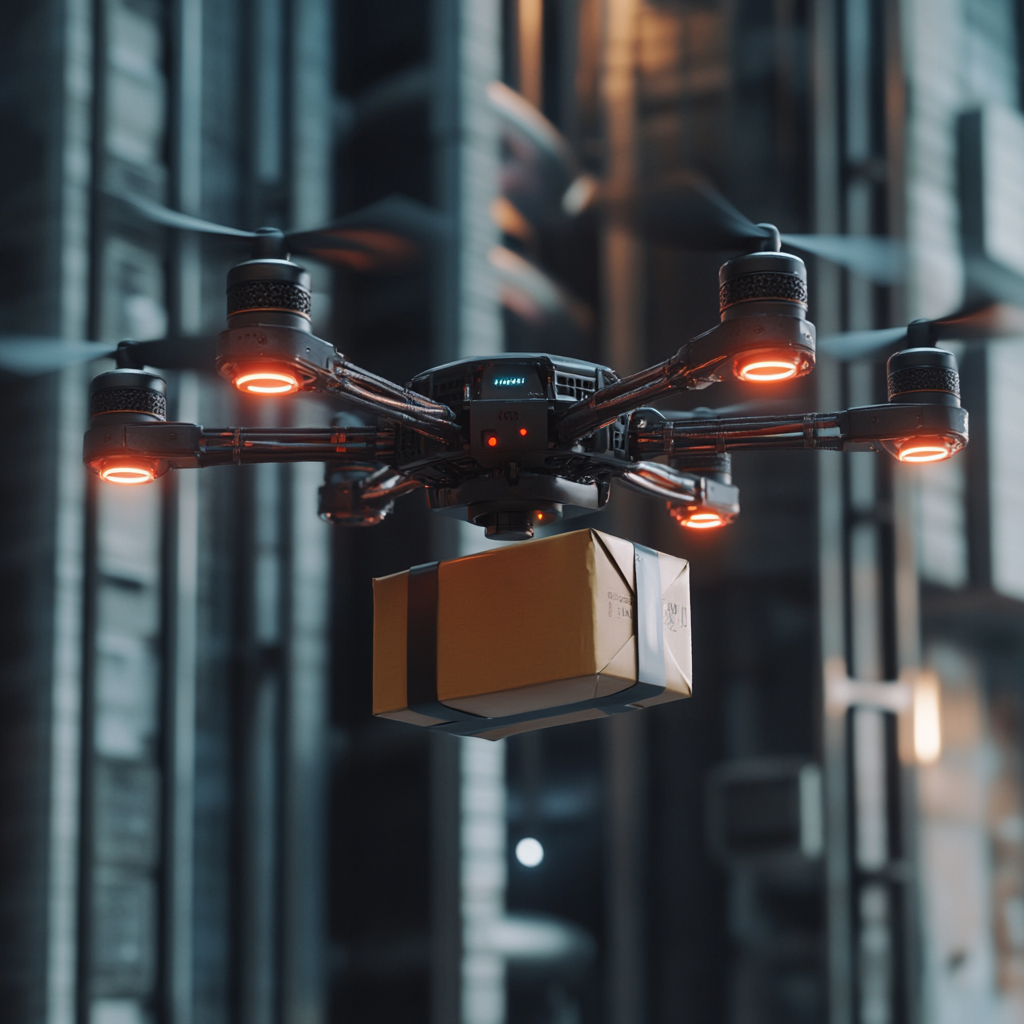Navigating the world of logistics marketing can feel like decoding a complex map. Digital strategies shift quickly, leaving many wondering what works next. You’re about to explore 2024’s emerging trends in this dynamic space.
How do companies stay ahead? Innovative data-driven techniques transform customer engagement daily. Dive into practical examples and expert insights guiding the industry forward.
Explore new tools, unravel success stories, and grasp how you can apply these strategies. Ready for actionable advice?
Read along!
Omnichannel Strategies for Seamless User Engagement
Omnichannel strategies blend digital and physical interactions, creating seamless experiences for logistics customers. In 2024, more companies are realizing that this approach boosts engagement by meeting users where they prefer.
You find a common theme: consumers expect consistency. Whether they’re checking an order status online or chatting with a customer service rep in-store, the transition should feel smooth and connected. Omnichannel isn’t just about convenience; it builds trust.
Consider these key points:
- Integration is crucial. Aligning systems like CRM software ensures information flows seamlessly across platforms.
- Data synchronization enhances accuracy in tracking shipments.
- Consistent messaging strengthens brand identity across channels.
Practical insights show businesses adopting flexible communication tools to respond promptly to inquiries via various channels, whether its social media or traditional phone calls. These efforts reflect a deeper commitment to understanding and fulfilling customer needs efficiently.
A well-executed omnichannel strategy ultimately positions logistics companies as adaptable leaders focused on delivering unparalleled value throughout every touchpoint of the supply chain journey.
Advanced Analytics in Optimizing Supply Chain Processes
The logistics landscape is embracing advanced analytics to optimize supply chain processes. Companies leverage data insights to enhance efficiency and decision-making, which drives greater operational effectiveness.
Analytics provide a clearer view of every step in the supply chain, enabling companies to proactively adjust their strategies by understanding patterns and trends. For example, real-time demand forecasting, when coupled with a 3PL logistics provider, helps reduce stockouts and prevent excess inventory.
One standout example is the implementation of logistics management software solutions that integrate seamlessly with analytics tools. These platforms track shipments in real time while providing detailed performance metrics.
Key takeaways? An investment in such software empowers businesses to pinpoint bottlenecks quickly. It also improves route planning by predicting delays and optimizing delivery times.
Another benefit involves enhanced collaboration across teams through shared data access, fostering improved communication throughout the organization.
Adopting advanced analytics isn’t just about crunching numbers; it’s about transforming how supply chains function at every level for maximum agility and responsiveness, and those are crucial elements for staying competitive as market demands evolve rapidly.
Evolving Roles of Drones and Robotics in Logistics
Drones and robotics are reshaping logistics, moving from novelty to necessity. These technologies enhance efficiency, speed, and precision in supply chain operations.
Drones now handle inventory checks within warehouses faster than human workers. They zip through aisles scanning barcodes and updating stock levels instantly. In remote areas or congested urban environments, drones deliver packages quickly where traditional vehicles struggle.
Robotics is also evolving with tasks like sorting goods at distribution centers – robots sort items 24/7 without breaks. This speeds up processing times significantly while reducing errors common with manual handling.
What does this mean for logistics? Increased productivity leads to reduced operational costs – a win for both companies and consumers alike. And as drone regulations become clearer worldwide, their use will only grow more widespread.
Experts agree: integrating drones and robotics effectively enhances not just day-to-day operations but the overall strategic approach of modern logistics businesses adapting swiftly to technological advances.
Past and Future Prospects for Robotics and Drones in the Industry
In 2023, Amazon expanded its use of drones for delivery in select U.S. cities. This initiative aimed to cut down on last-mile delivery times, especially during peak shopping seasons. By the end of that year, they reported significant improvements in customer satisfaction and logistics efficiency.
Meanwhile, DHL invested heavily in robotics within its European distribution centers. They implemented advanced sorting robots capable of processing thousands of packages per hour without human intervention. These changes led to a noticeable decrease in error rates and increased throughput.
Also noteworthy was UPS’s collaboration with drone technology company Matternet in Switzerland to deliver medical supplies between hospitals. The partnership demonstrated drones’ potential for quick transportation across challenging terrains while maintaining safety standards. To further optimize these logistics processes, companies are increasingly seeking transportation software development services to integrate advanced technologies into their operations.
These real-world examples underscore how major logistics players already benefit from integrating drones and robotics into their operations – a trend expected to accelerate as these technologies become more refined and regulations continue evolving globally.
Preparing for a Tech-Driven Future in Logistics
Logistics is on the cusp of transformation. Drones, robotics, and advanced analytics redefine how goods move globally. Companies that adapt will lead this tech-driven future, enhancing efficiency and meeting customer expectations with precision.
As we anticipate more innovations, staying informed becomes crucial. Engage with these trends to position yourself advantageously in the shifting landscape.
Want to stay ahead? Delve deeper into logistics strategies shaping tomorrow’s supply chains. Your success hinges on proactive adaptation and strategic foresight!








